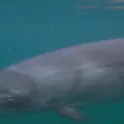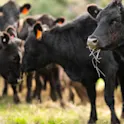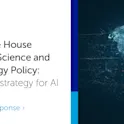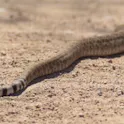
Featured news
08 Aug 2023
Holidaymakers be warned: Short, intense sun-seeking trips can disrupt skin’s microbiome
By Deborah Pirchner, Frontiers science writer Image: Shutterstock.com Heightened exposure to ultraviolet radiation (UVR) is the leading cause of preventable skin cancer and other skin problems. To prevent sun-induced damage, protecting the skin is crucial. If no protection measures are taken, new research by The University of Manchester scientists in collaboration with the No7 Beauty Company, has shown that the skin microbiota composition can change in as little as seven days. Although the bacterial communities living on the skin bounced back to their original structure within a few weeks, researchers pointed out that damaging effects on skin health cannot be ruled out. Skin, the largest organ of the human body, is home to a vast array of bacteria, fungi, and viruses – microorganisms that compose the skin microbiota. Among other things, these microbial populations, which are organized in complex community structures, protect against pathogens. Prolonged exposure to UVR is associated with damage to DNA in skin cells, inflammation, and premature skin aging, yet intentional sun-seeking behaviors remain common. Due to a lack of studies focusing on how individual behavior influences UVR-associated microbiota shifts, and how this may relate to skin health, researchers in the UK have now examined the effects […]













